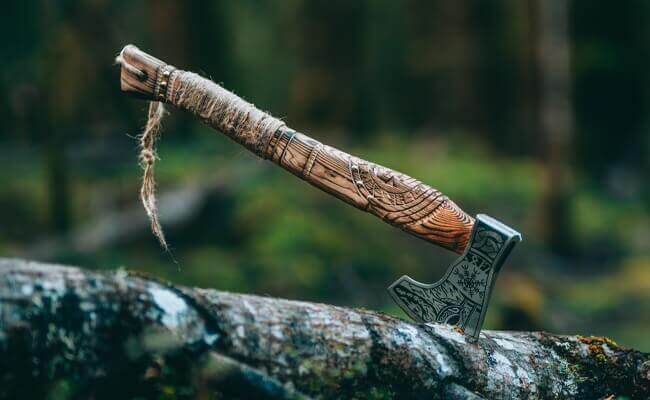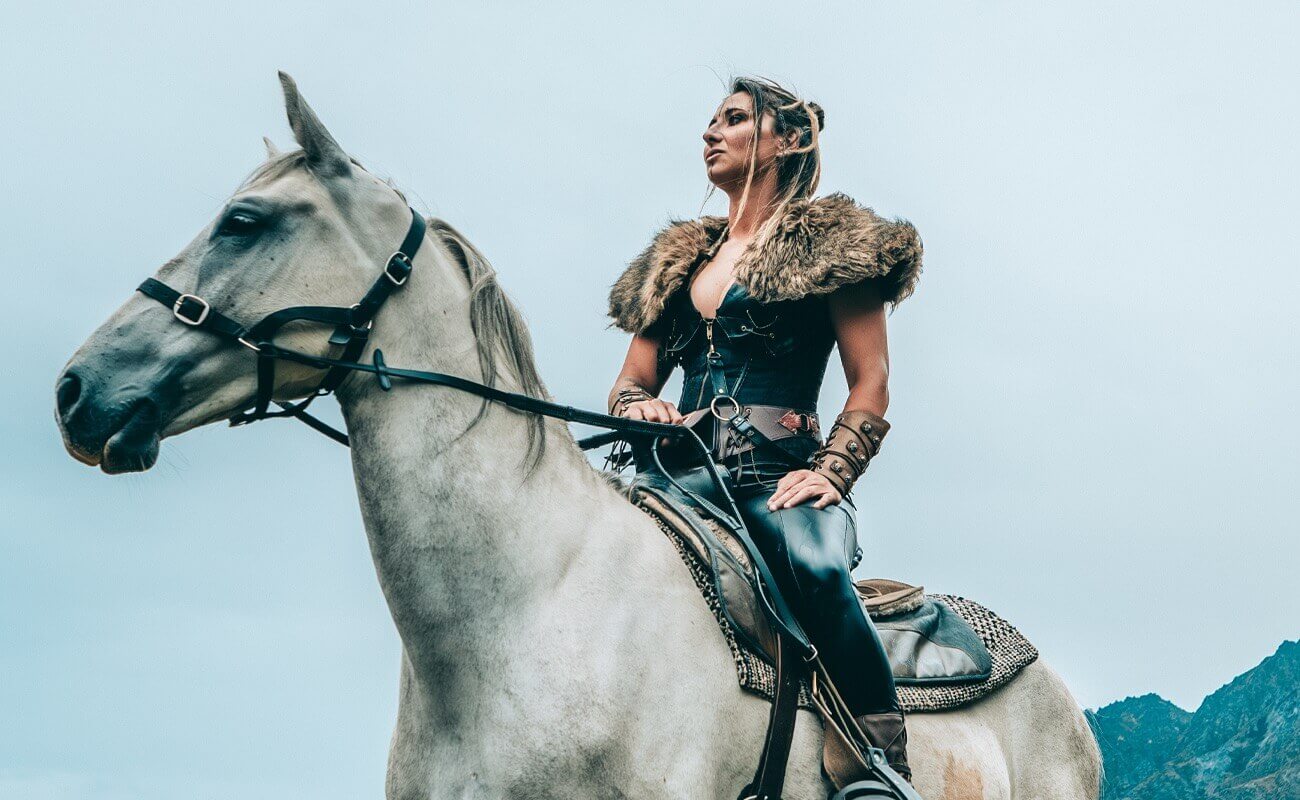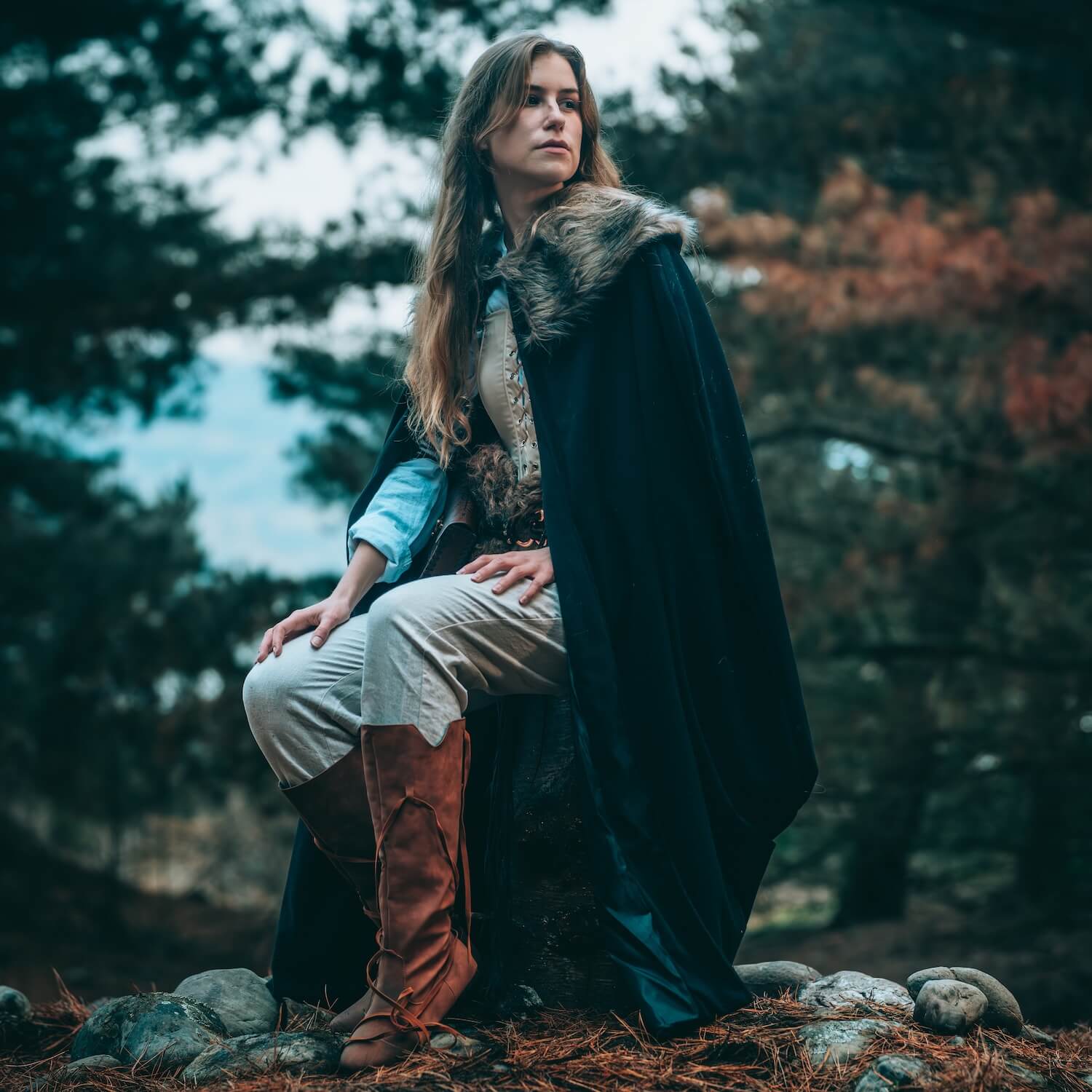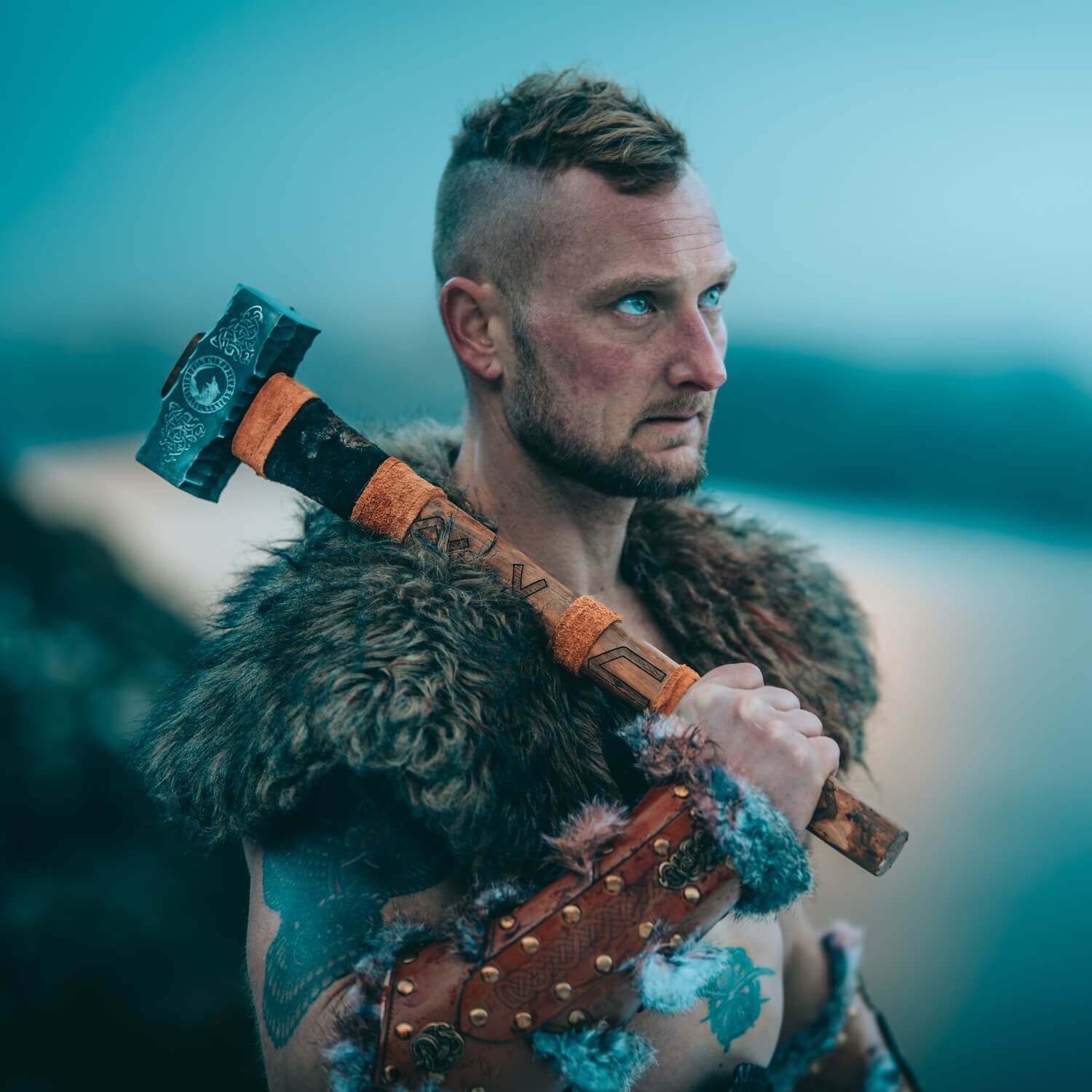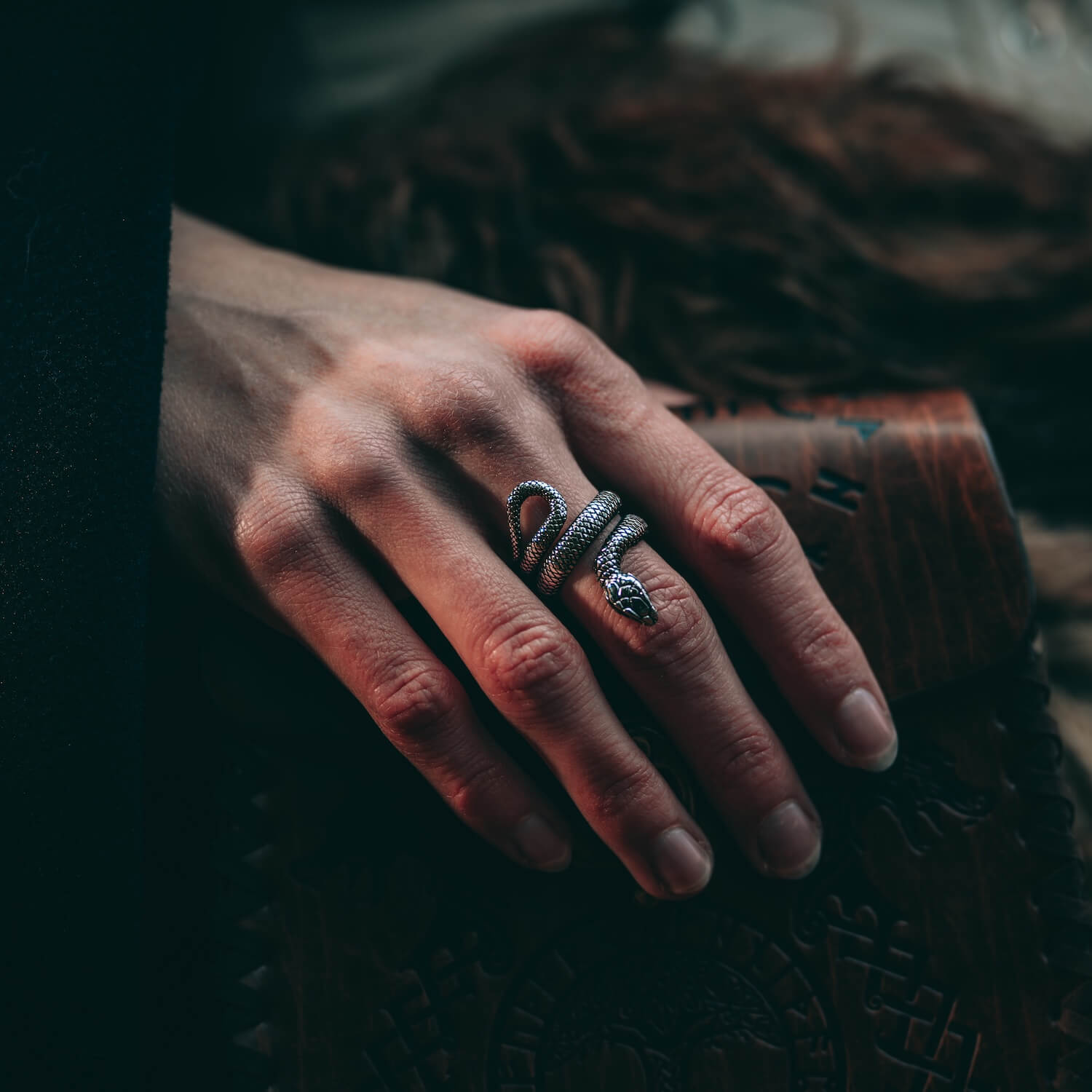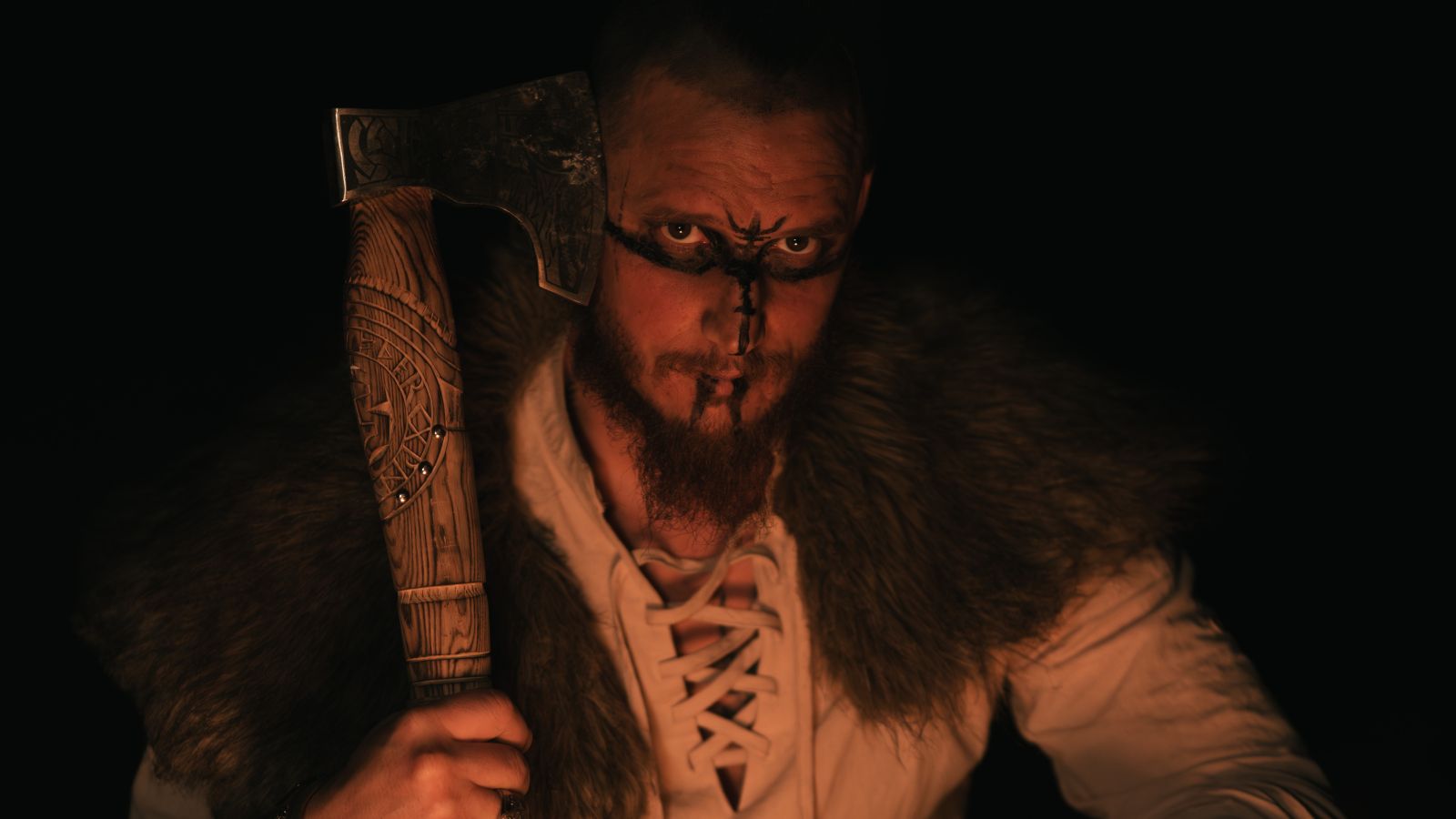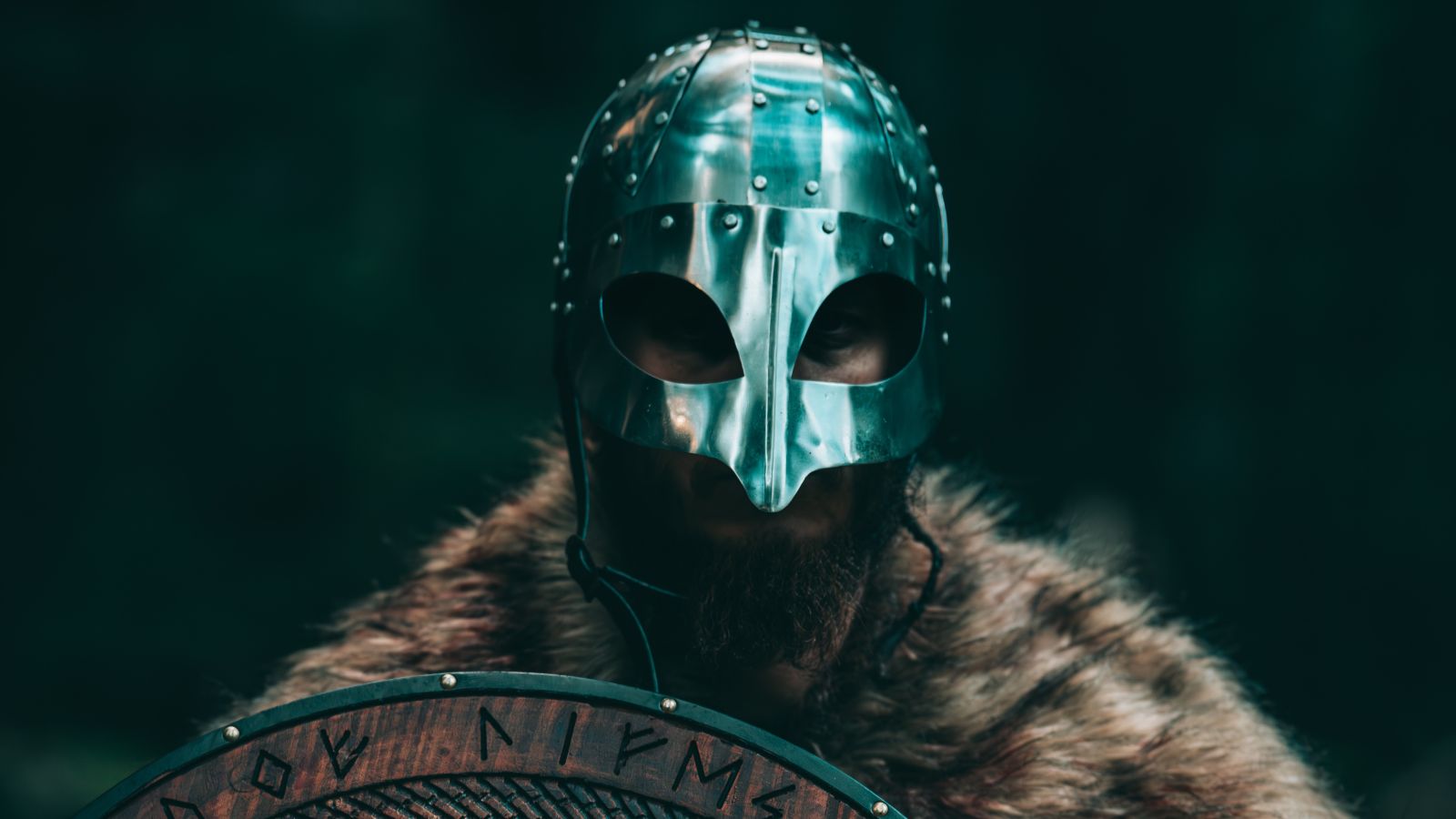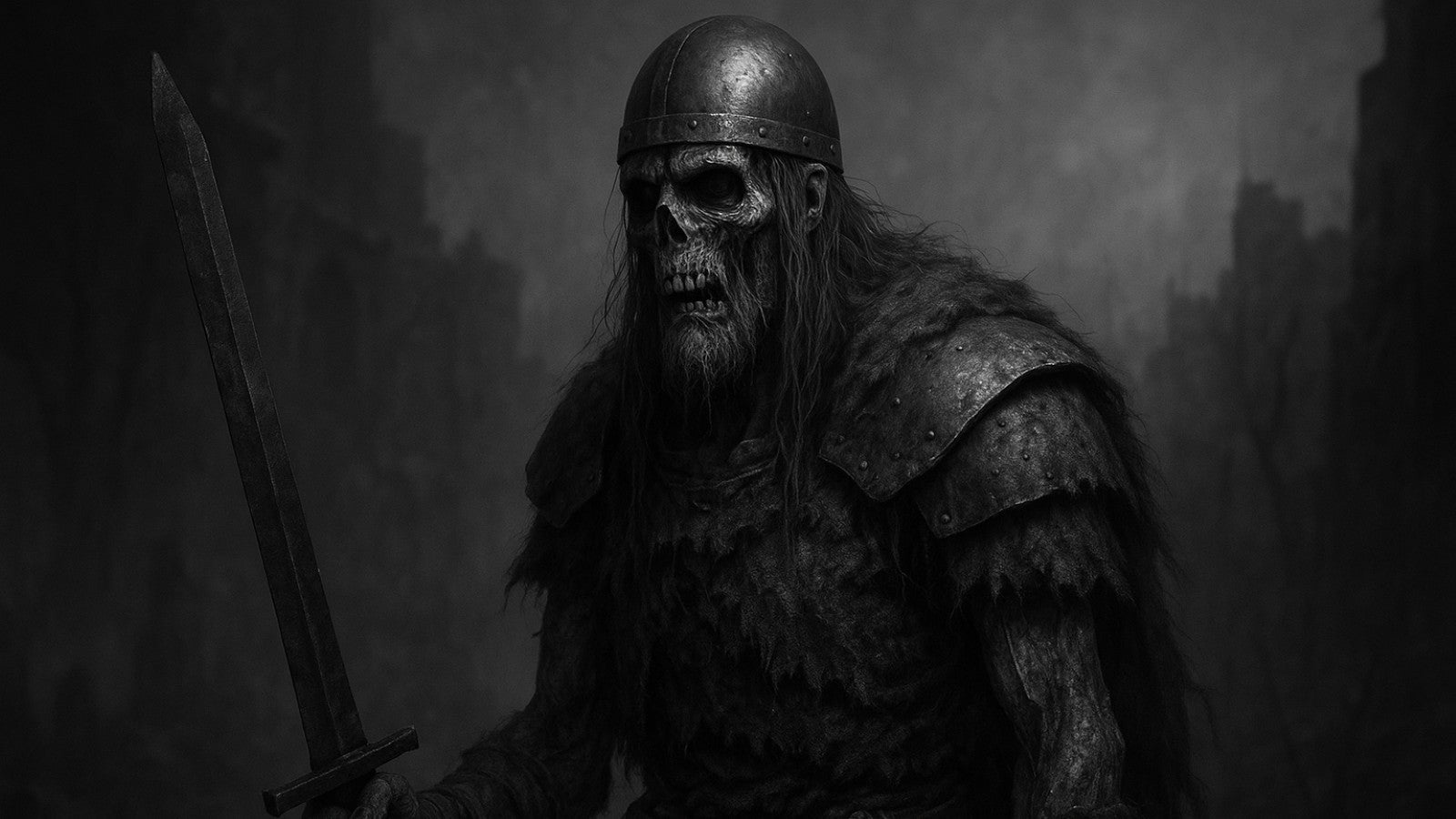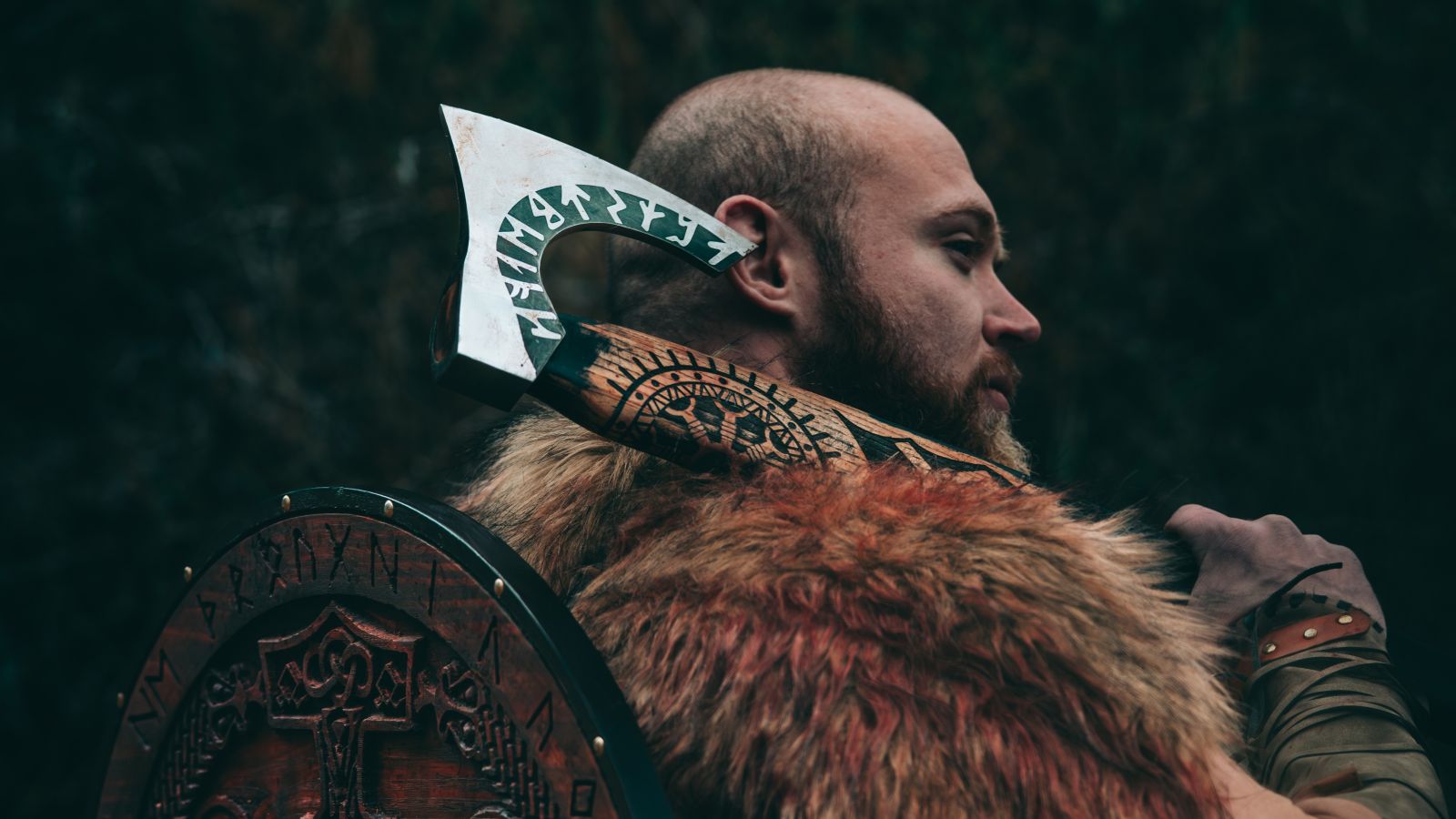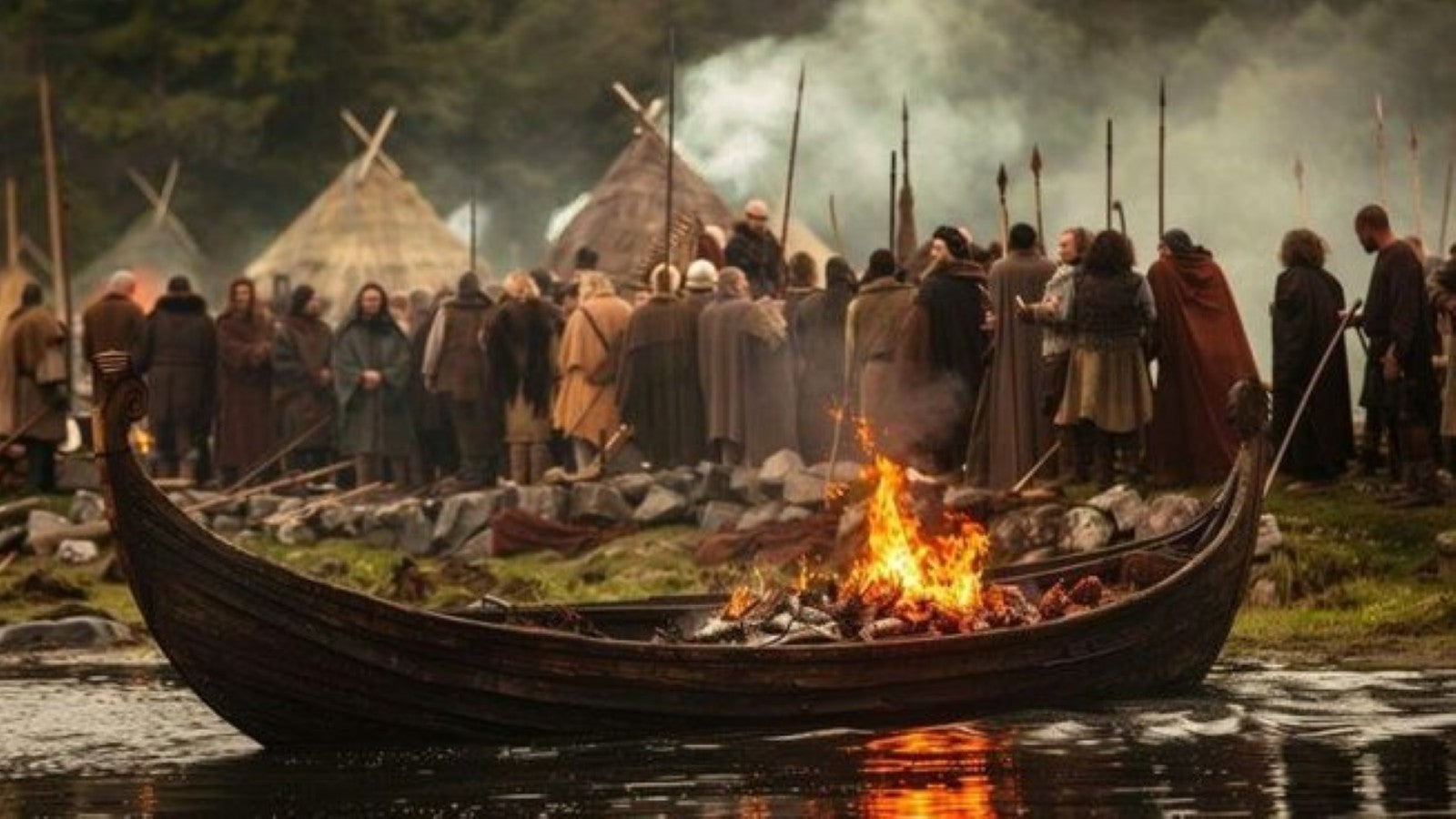
Hel, Valhalla, and the Viking Afterlife: What the Norse Believed About Death
For the Norse, death was not an ending but a journey into another realm. They believed the soul could take many paths, depending on how one lived and died. Warriors, farmers, sailors, and seers each had a fate awaiting them, guided by the gods or the mysterious Norns who wove destiny itself.
In a world of harsh winters and constant danger, the afterlife offered both comfort and warning. It was not heaven or hell in the Christian sense but a reflection of the Norse idea of balance, honor, and fate.
Valhalla: The Hall of the Chosen
Valhalla is the most famous destination in Norse sagas. Ruled by Odin, it was said to stand within Asgard, shining with golden shields and echoing with the clash of eternal battle.
Only a select few reached Valhalla; those who died bravely in combat. Valkyries, Odin’s warrior maidens, rode over battlefields to claim the fallen and carry them to this great hall. There, warriors feasted and fought until Ragnarök, the prophesied end of the world, when they would rise once more to fight alongside the gods.
Valhalla was not a place of rest, but of readiness. It represented the Viking ideal of courage, glory, and loyalty to the gods.
Fólkvangr: Freyja’s Field
Not every hero went to Odin’s hall. The goddess Freyja, associated with love, fertility, and war, ruled her own realm called Fólkvangr, or “the Field of the People.”
Half of the honored dead were said to go there instead of Valhalla. Little is known about Fólkvangr, but the sources describe it as a gentler, more peaceful counterpart to Odin’s domain. It reflected Freyja’s dual nature — both warrior and nurturer — and offered rest as much as honor.
Helheim: The Realm of the Dead
For most Vikings, the journey after death led not to Valhalla or Fólkvangr, but to Helheim, ruled by the goddess Hel, daughter of Loki.
Helheim was not a place of torment as the later Christian “Hell” became. It was cold, shadowy, and quiet, but not necessarily cruel. Those who died of sickness, old age, or accident traveled there. The realm’s entrance was said to lie beneath the roots of the great world tree, Yggdrasil, beyond the river Gjöll, crossed by a bridge of shining gold.
Hel herself was described as half-living and half-dead, with one side of her face beautiful and the other decayed. She embodied the Norse understanding of death; not as evil, but as natural and inevitable.
Other Paths of the Dead
Some souls found different fates entirely.
-
The Sea Dead: Sailors lost to the waves were believed to dwell in Rán’s hall, where the sea goddess kept her drowned guests.
-
The Barrow Dwellers: Others lingered near their burial mounds, guarding treasure or haunting the living as draugar, the restless dead.
-
Ancestral Spirits: Many families honored the dead through rituals and offerings, believing that ancestors could still influence the living.
The Norse afterlife was vast, layered, and deeply symbolic. Each realm spoke to the Viking view that how one lived shaped where one would go.
Death, Ritual, and Remembrance
Viking funerals were dramatic affairs that reflected both grief and reverence. Ships were set ablaze, mounds were raised, and grave goods — weapons, jewelry, and food — were placed with the body to aid the journey beyond.
These rituals served a practical and spiritual purpose. They ensured the dead were honored and, perhaps more importantly, stayed at peace. A poorly buried or dishonored soul might wander back as a draugr, bringing misfortune to the living.
Myths vs. Pop Culture
Modern portrayals of the Viking afterlife often blur myth with imagination. Films and games depict Valhalla as a warrior’s paradise and Helheim as a fiery pit, but neither image reflects the original Norse worldview.
To the Vikings, the afterlife was neither reward nor punishment. It was continuation, a realm suited to the person’s life and death. Their world was not divided into good and evil, but into balance and destiny.
Why It Still Resonates Today
Part of what makes Norse mythology so powerful is its acceptance of death as a natural part of life. It does not promise comfort or eternity, but meaning and legacy.
In the long northern nights of autumn, when the veil between the living and the dead feels thin, these stories remind us that remembrance is the truest kind of immortality. Every toast to the fallen, every name carved in stone, keeps the old beliefs alive.

